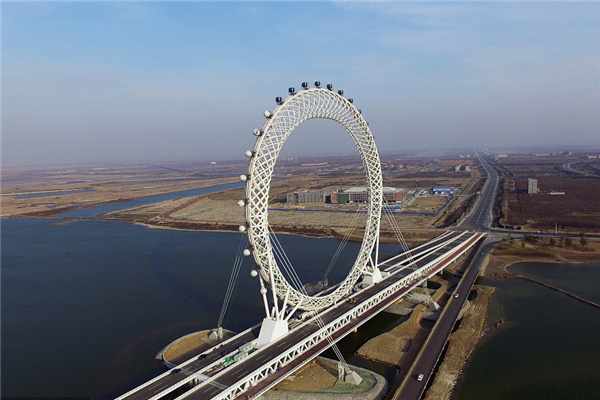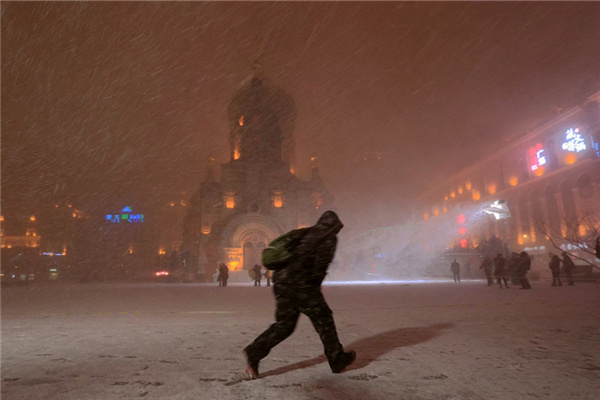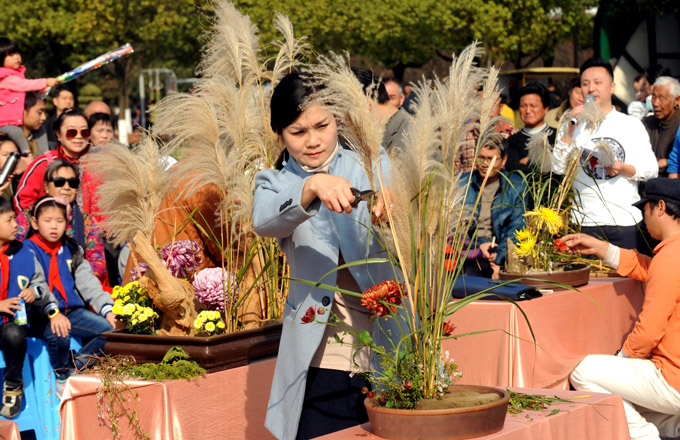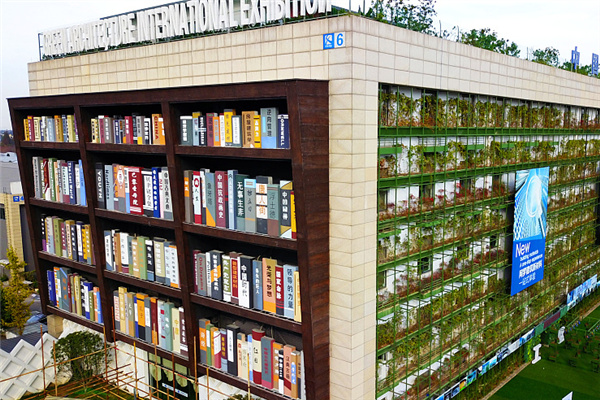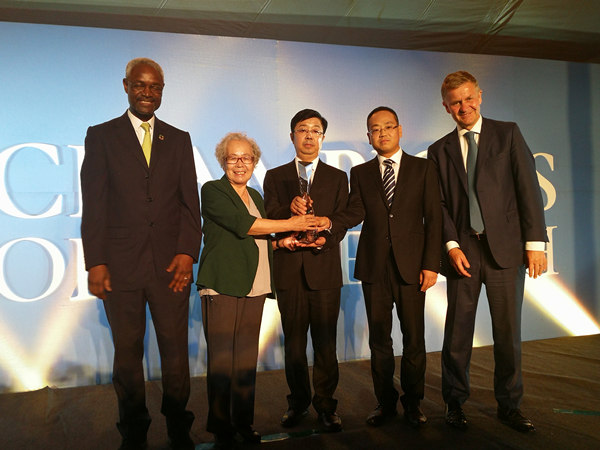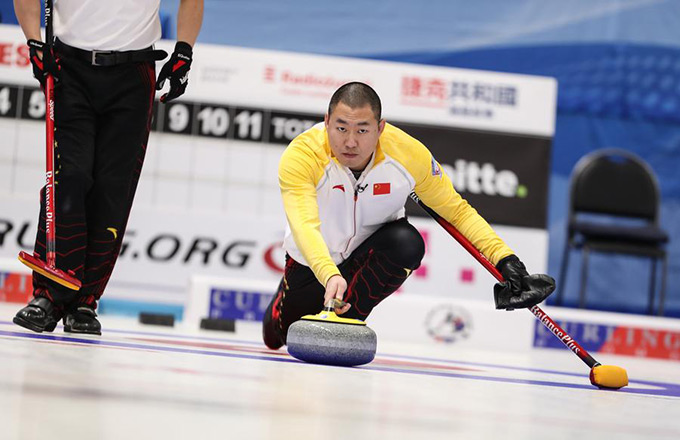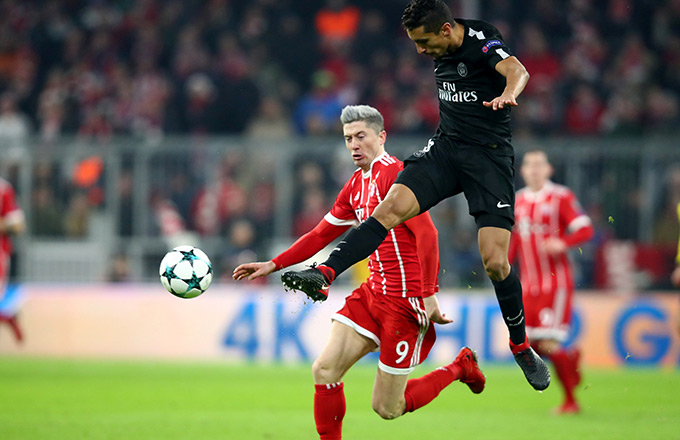

Editor's note: China recently launched its Compendium of the National Intellectual Property Strategy. The release of the compendium marked the formal launch of the implementation of the national intellectual property strategy.
The compendium is expected to set the basis for the proposed revision of China's outdated copyright, trademark and patent laws. The revision of the laws signifies an important milestone in China's IP history.
The compendium details seven specific tasks regarding various types of intellectual property; lists the tasks by areas of patent, trademark, copyright, business secrets, new plant varieties, and national defense; and puts forward nine strategic measures to achieve the tasks.
China Business Weekly will publish the full text of the outline in the following weeks. Below is the sixth part of the text:
V. Strategic Measures
1. Increasing the Capacity to Create Intellectual Property
Establish a market-oriented system for the creation of self-relied intellectual property with enterprises as the backbone of the system and manufacturers, universities and research institutes as close cooperation partners. Enterprises need to be guided to search intellectual property information before starting their own research and development projects or business operations. Enterprises need also be supported in their efforts to form the self-relied intellectual property and strengthen their capacity to transform innovations into intellectual property through original innovation, joint innovation and secondary innovation based on imported technologies. Enterprises as well as other market entities should also be encouraged to obtain intellectual property overseas. Enterprises need to be guided to change the way they compete, improve technological innovation, raise the quality of their products and services and create their own well-known brands.
2. Encouraging the Commercialization and Utilization of IPRs
Guide more innovative elements towards enterprises, support the commercialization of innovations made by high education institutions and research institutes to enterprises, stimulate the application and industrialization of intellectual property in enterprises, and shorten the time for applying it in industrial production. We need to launch various kinds of pilot or demonstration projects for intellectual property, and to improve the overall capacity to utilize intellectual property and handle competition in intellectual property.
Encourage and support market entities to improve their management systems for technological data and trade secrets, and to establish a value assessment, a statistics and an accounting system for intellectual property. They are also encouraged to work out an information search system for intellectual property and an early-warning system for major events, and improve the system for administration of intellectual property in foreign cooperation.
Encourage market entities to actively respond to intellectual property infringements and lawsuits in accordance with law, and to improve their capacity for handling intellectual property disputes.
3. Expediting the Development of the Legal System for Intellectual Property
Establish a legislation mechanism in line with the characteristics of intellectual property, improve the quality of legislation and speed up the legislation process. Improve foresight studies before intellectual property legislation is formulated and the assessment work after enactment. Legislation needs to be more transparent, and more channels need to be available for enterprises, industrial associations and the public to participate in legislation. Revisions and legislative interpretations of intellectual property laws need to be improved in order to deal with new problems in the intellectual property sector promptly and effectively. Studies on the necessity and feasibility of formulating basic intellectual property laws need to be carried out.
4. Improving Intellectual Property Law Enforcement
Improve the trial system for intellectual property, optimize the allocation of judicial resources and simplify remedy procedures. Studies need to be carried out on establishing special tribunals to handle civil, administrative or criminal cases involving intellectual property. Studies also need to be done to reasonably centralize jurisdiction over cases involving patents or other cases of a highly technical nature. Explore issues on setting up courts of appeal for cases involving intellectual property. Judicial organs for handling cases involving intellectual property need to be further strengthened and well-staffed to improve the handling of cases and enforcement of the law.
Judicial interpretation on intellectual property needs to be improved. Cases involving intellectual property require more professional knowledge, and therefore a sound litigation system needs to be established that includes judicial authentication, expert witnesses and technical investigation, and the system of provisional measures prior to action involving intellectual property needs to be improved. Procedures for determining and granting patent or trademark rights need to be reformed, and studies need to be conducted on transforming bodies that hear patent invalidation and trademark review and adjudication cases to quasi-judicial organs.
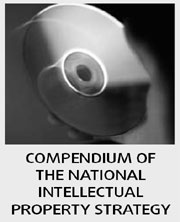
Improve the overall competence of intellectual property law-enforcement personnel and reasonably distribute law-enforcement resources to improve the efficiency of law enforcement. Special, well-planned and focused actions for the protection of intellectual property should be launched in cases of repeated intellectual property infringements, organized intellectual property infringements and large-scale counterfeiting and piracies. Administrative law-enforcement departments need to speed up the referral of criminal cases involving intellectual property to judicial organs, and judicial organs should make greater efforts to receive criminal cases involving intellectual property.
Customs law enforcement and border protection of intellectual property need to be strengthened to maintain order in import and export and improve the reputation of China's export commodities. International cooperation in customs law enforcement needs to be fully utilized in order to effectively crack down on cross-border illegal acts and crimes involving intellectual property. Customs need to have an influence on international intellectual property protection.
(China Daily 08/04/2008 page9)


